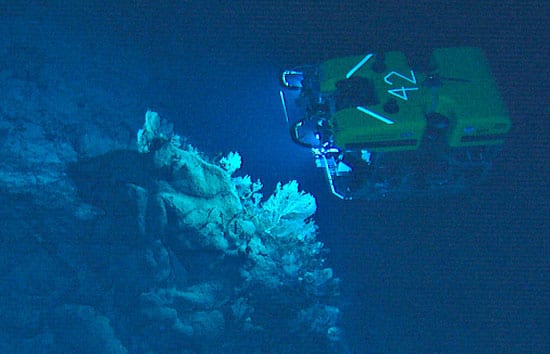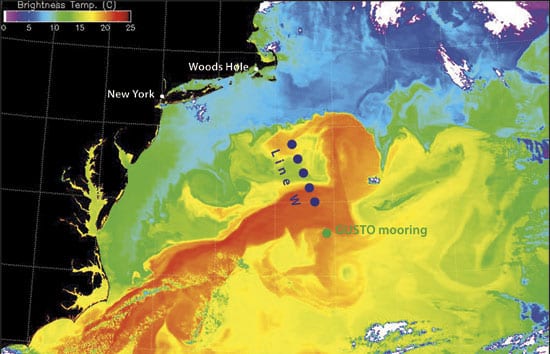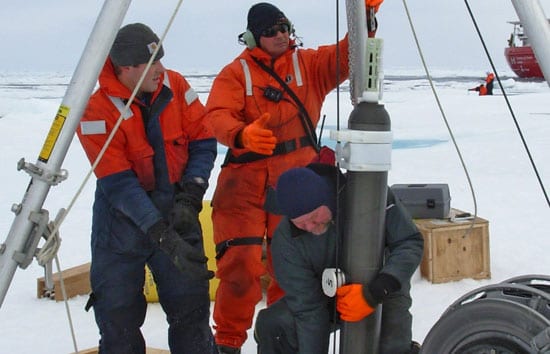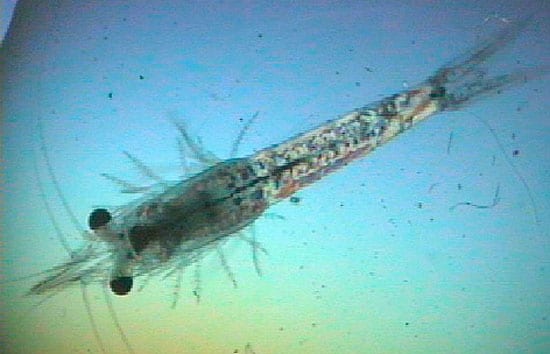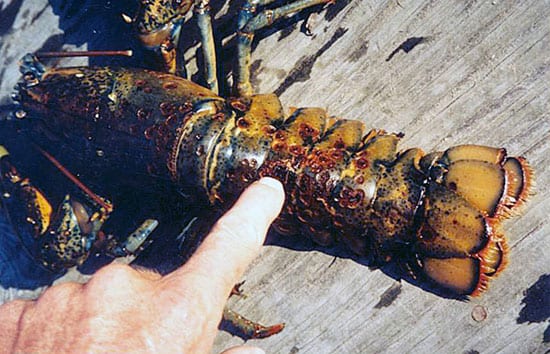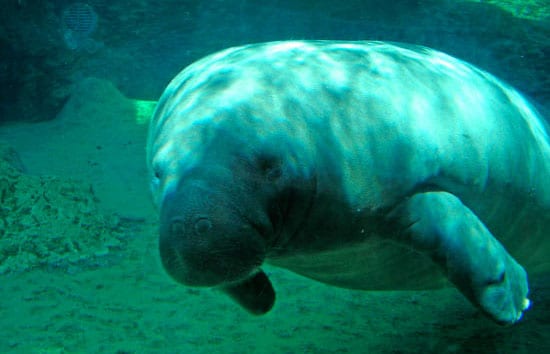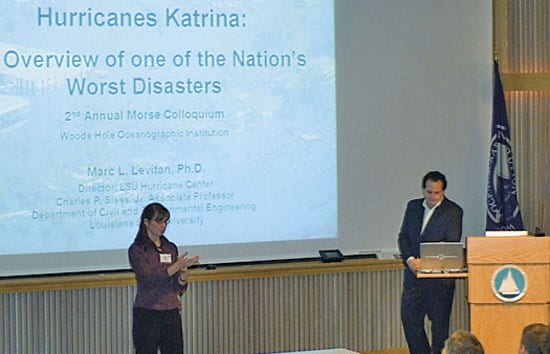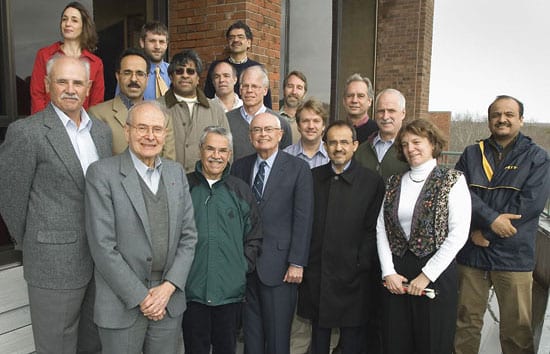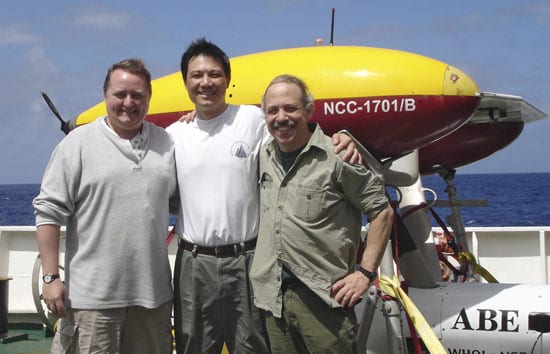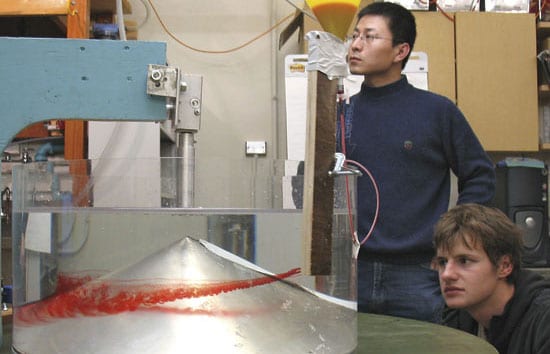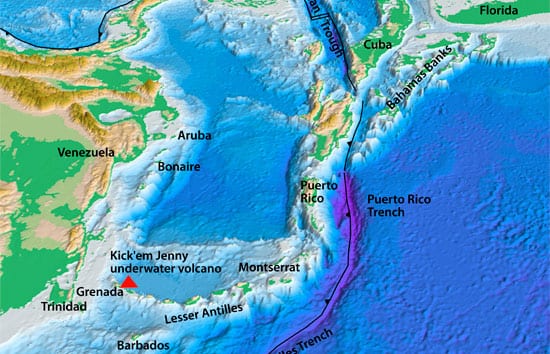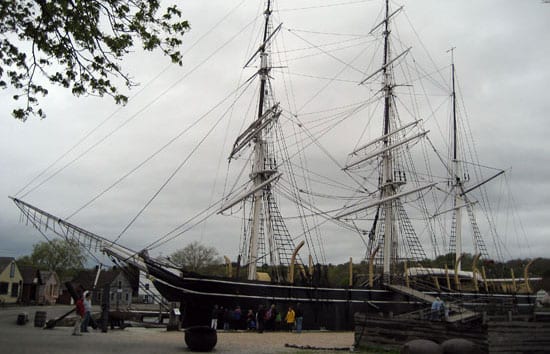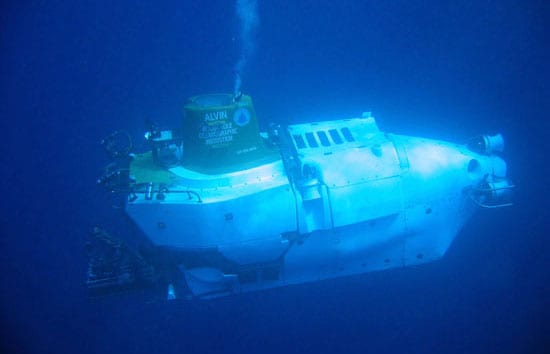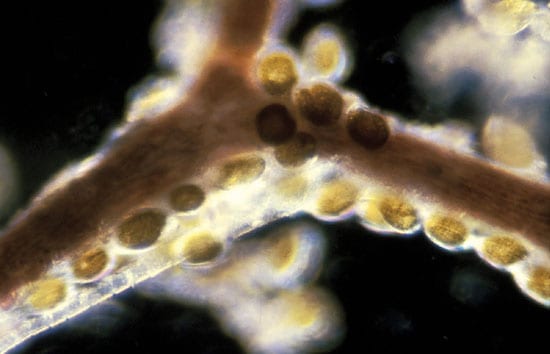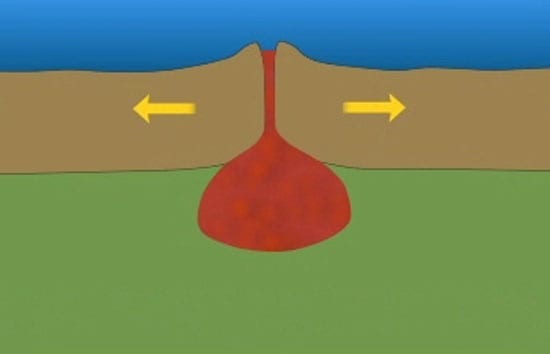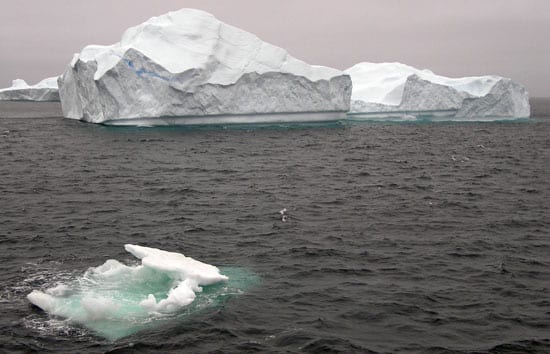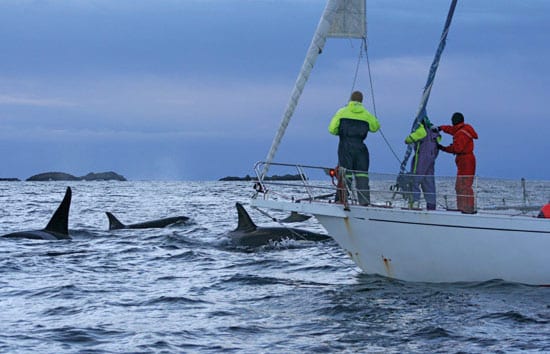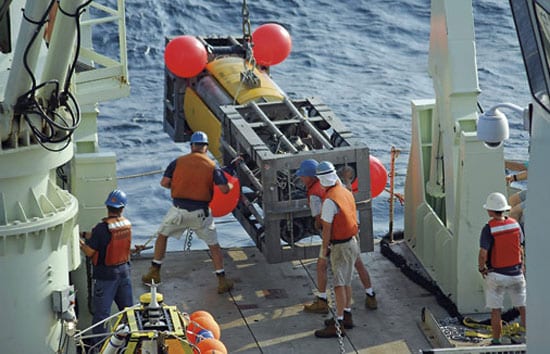Feature
Coral Catastrophe on the Corner Rise Seamounts
A research team has found that deep-sea coral communities that provide lush habitats for fish and other marine life were extensively damaged, mostly likely by deep-sea fishing trawlers, atop two…
Read MoreWill the Ocean Circulation Be Unbroken?
If the world’s climate is going to change, we will see signs in the ocean. The atmosphere and oceans are intricately linked; nowhere is that better demonstrated than in the…
Read MoreA New Way to Monitor Changes in the Arctic
The Arctic is changing in response to Earth’s changing climate. Arctic ecosystems that have evolved over millions of years face changes occurring over 25 to 30 years, the average lifetime…
Read MoreAre Pollutants Disrupting Marine Ecosystems?
Ask people to name some animals—any animals—and they will give you a long list. But chances are, all the animals will have one thing in common: a spine. The animals…
Read MoreA Mysterious Disease Afflicts Lobster Shells
In the late 1930s, lobstermen in Rhode Island began to notice strange black spots on the shells of lobsters being held in tanks. By the 1980s, a similar condition, now…
Read MorePut the D-tag on the Manatee
When boats hit manatees, the outcome is often grim. Bones are broken and skins sliced. Despite regulations designed to prevent collisions, dozens of manatees in Florida continue to be injured or…
Read MoreMicrobes That ‘Eat’ Natural Gas
In the quest to explore the remarkable diversity of microbial life on Earth, an international team of scientists has identified marine bacteria that can “eat” butane and propane in natural…
Read MoreMorss Colloquia Focus on Science and Society
Woods Hole Oceanographic Institution launched a new program, hosting three “Morss Colloquia” since October 2006. Enabled by a generous grant from Elisabeth and Henry Morss Jr., the public colloquia concerned…
Read MoreAgreement Opens Door to Red Sea Research
WHOI signed an agreement April 16 with officials of the planned King Abdullah University of Science and Technology (KAUST) in Saudi Arabia to consult on facilities and develop research projects…
Read MoreWHOI meets WhOI on www.Whyville.net
Whyvillians have a problem: Harmful algae are threatening their beaches and coastal ecosystem. To investigate, understand, and mitigate the problem, citizens are turning to the Whyville Oceanographic Institution (WhOI), with…
Read MoreWHOI Scientists Win a Boatload of Honors
Building International Bridges to Explore Ridges
In January 2007, WHOI scientists Jian Lin, who grew up in China, and Chris German, who grew up in England, became the new chair and co-chair of an international organization…
Read MoreWHOI Gets New Chairman of the Board
Newt Merrill grew up sailing off the coast of New England, and like many who spend time on the water, he worried about the ocean’s health. When he moved from…
Read MoreWHOI Earns Reaccreditation
WHOI has been reaccredited as a degree-granting institution by the organization responsible for accrediting New England colleges and universities. The Commission on Institutions of Higher Education of the New England…
Read MoreSeismometer Deployed Atop Underwater Volcano
A team led by the Woods Hole Oceanographic Institution installed a novel underwater earthquake-monitoring system atop Kick’em Jenny, an active volcano just off the north coast of Grenada in the…
Read MoreOld Whale Oil Tells Tale of New Pollution
It was the scientific equivalent of finding fine wine in an old cask. Analyzing whale oil from the whaling ship Charles W. Morgan’s last voyage, in 1921, marine chemists at…
Read MoreWHOI Scientists Testify to Congress
Marine geochemist Scott Doney and marine policy specialist Porter Hoagland traveled to the nation’s capital this spring to inform Congress about critical ocean issues: the effects of climate change and…
Read MorePhone Call Links Inner and Outer Space
Tim Shank and Sunita Williams placed one of the most unusual long-distance phone calls of all time on Jan. 26, 2007. It traveled over a few time zones and through…
Read MoreA Warm Eddy Swirling in the Cold Labrador Sea
Amy Bower is traveling to the Labrador Sea to install a mooring with novel carousels that will autonomously release profiling floats into passing warm eddies. She has also forged an innovative outreach partnership with the Perkins School for the Blind, including an expedition Web sight for students with visual impairments.
Read MorePilot Study Examines Ciguatera Fish Poisoning
It is one of the most common illnesses from eating seafood, sickening more than 50,000 people a year, and it is on the rise around the world. Yet most people…
Read MoreNew Wrinkles in the Fabric of the Seafloor
Deborah Smith first heard the strange rumbling from the seafloor in 2001 and was eager to get to the bottom of it. The ocean commotion was detected by underwater hydrophones…
Read MoreInterrogating the ‘Great Ocean Conveyor’
The Greenland-Scotland Ridge looms like a great undersea barrier, stretching from East Greenland to Iceland and the Faroe Islands, and across to Scotland. There are a few gaps in the…
Read MoreEavesdropping on Whales’ Mealtime Conversation
Like a knife slicing through denim, the black dorsal fin broke the surface of the icy water quickly, and then disappeared into the depths. “Off the port bow,” yelled Ari…
Read More
